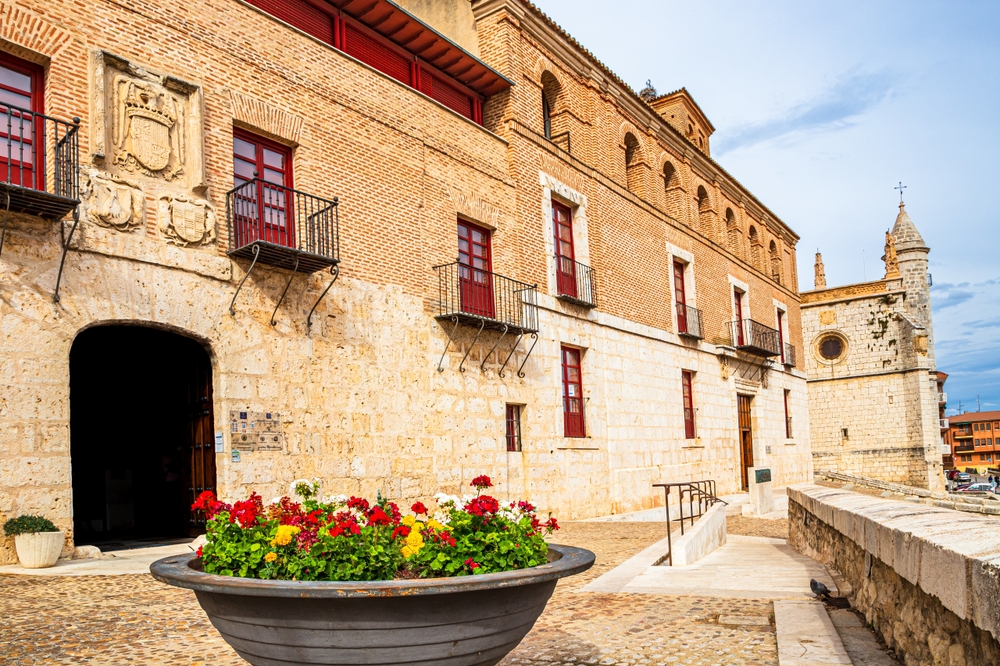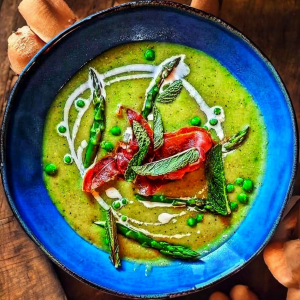While most visitors to Spain flock to the beaches of the south or the buzz of Barcelona, there’s a quieter region in the heart of the country that tends to fly under the radar.
Set in the open plains of Castilla y León, Rueda is a place where time slows down, traditions hold strong, and landscapes stretch wide to the horizon. It may not shout for attention, but it more than earns a closer look. Here are five things that make the Rueda region one of Spain’s best-kept secrets.
1. Women are quietly transforming the region’s wine industry

Rueda is best known for its crisp white wines, particularly those made from Verdejo – a grape that’s native to the area. But what sets this region apart is the people making those wines. A growing number of Rueda’s bodegas are led by women – a rare dynamic in a traditionally male-dominated field. These women are not only protecting generations of knowledge but also introducing new ideas and environmentally conscious practices. Visit in mid-June, and you may catch World Verdejo Day (13 June), when the region celebrates its prized grape with tastings, tours and toasts. You can find more information here: DO Rueda
2. Rueda sits on what used to be the bottom of the sea
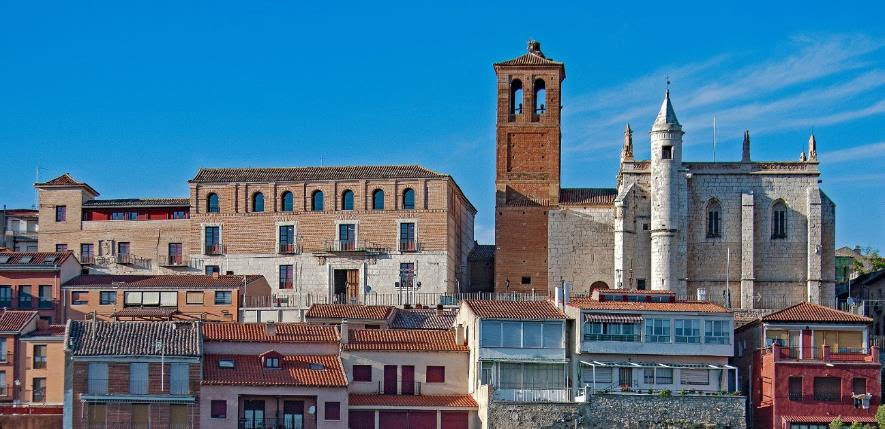
It’s hard to picture now, but this inland plateau was once covered by ocean. The land still carries traces of its aquatic past – sandy soils and ancient marine fossils can be found scattered across the region. This geological quirk gives the terrain a distinct character, and for those who love landscapes with stories, Rueda delivers an unexpected prehistoric twist beneath its sun-baked fields. Visitors can find plenty of hiking trails if you need to get in some fitness goals. You can view a map here: DO Rueda Maps
3. The architecture spans a thousand years – with barely a crowd in sight
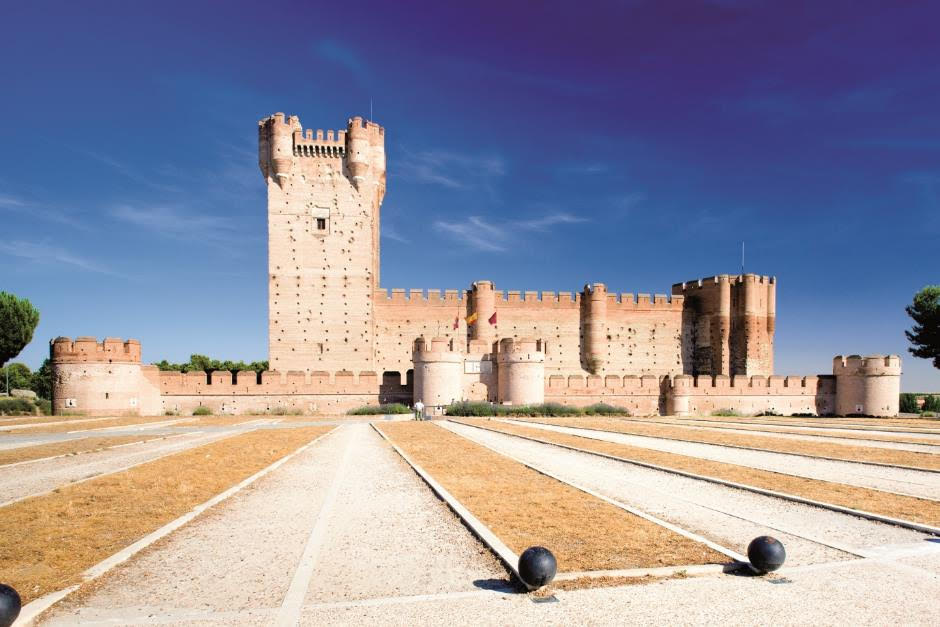
From fortified castles to centuries-old churches, Rueda’s towns and villages are rich with historical buildings – many of which remain blissfully free of tour groups and selfie sticks. The Castle of La Mota in nearby Medina del Campo stands as a dramatic centrepiece, once frequented by monarchs and military leaders. Beyond that, you’ll find cobbled lanes, Romanesque chapels and Renaissance façades that whisper of Spain’s layered past – all with room to breathe.
4. It’s perfect for slow travel
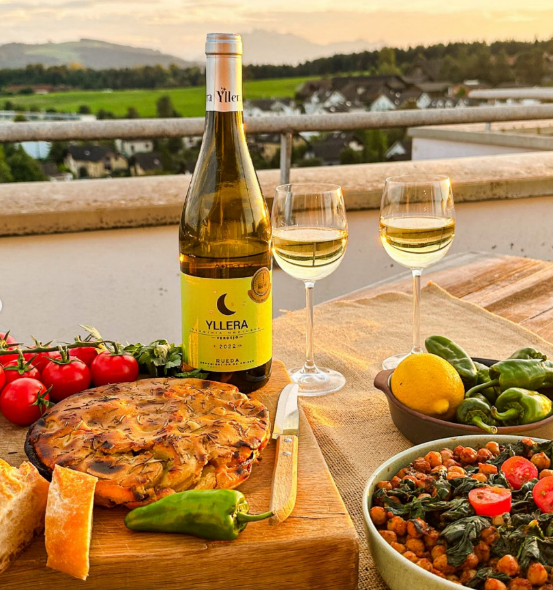
Rueda isn’t a place to tick off landmarks – it’s a place to sink into. Whether you’re driving between villages, walking through quiet vineyards, or lingering over a long lunch, the pace here encourages you to relax. You won’t find large crowds, hectic schedules or over-touristed hotspots. Instead, you’ll discover wide skies, open roads and the sort of stillness that’s become increasingly rare.
5. Local festivals give you a glimpse of real Castilian culture
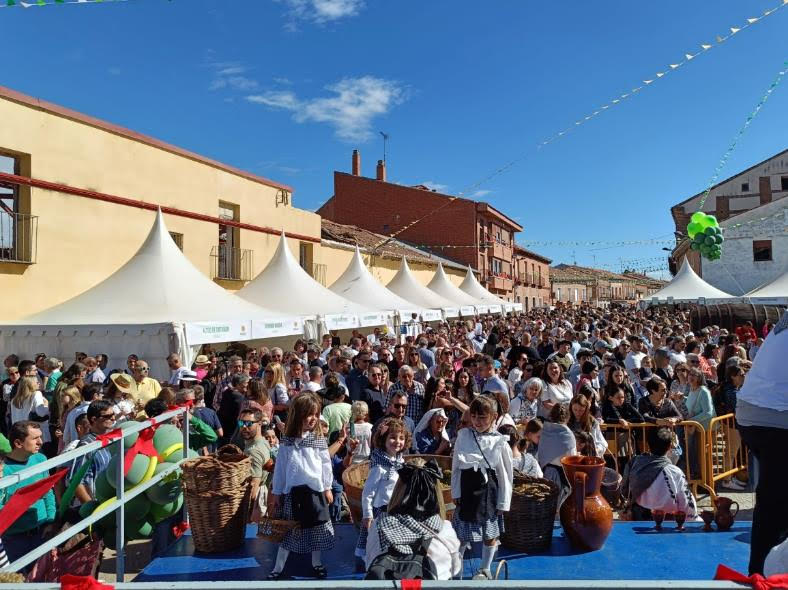
In Rueda, festivals aren’t just staged events – they’re deeply woven into community life. From small village processions to larger historical reenactments, these celebrations are rooted in local tradition and open to all. You might find yourself sampling home-cooked food in a town square, dancing to folk music under paper lanterns, or watching age-old rituals unfold with little fanfare – and few tourists. It’s a form of cultural immersion that feels entirely unforced.
How to get there: Rueda is around 90 minutes by car from Madrid. Trains from the capital run frequently to Valladolid, the nearest major city, from which you can hire a car to explore the surrounding region.
Note – wine tours are also available through various companies / tour guides.
Best time to visit: June is ideal for wine lovers and festival-goers alike, while September brings the soft light and seasonal produce of harvest time, and again in October when more festivals take place (the end of the harvest).
The Rueda Designation of Origin was created in 1980, becoming the first recognized Designation of Origin in Castile and León. The production area encompasses 74 municipalities in the provinces of Valladolid, Segovia, and Ávila. The Rueda DO boasts exceptionally favourable natural environments for the production of high-quality wines and is a region specialising in the production of white wines that are widely recognized nationally and internationally.
There are three fundamental factors that define the #RuedaCharacter: the continental climate, the gravelly soil, and the Verdejo grape, native to the DO. This variety has lived in the area for more than ten centuries. Its genius is determined by its aroma and flavour, with nuances of scrubland grass, fruity notes, and excellent acidity. A very versatile variety with great aging capacity, it allows for different preparations that will surprise consumers.

